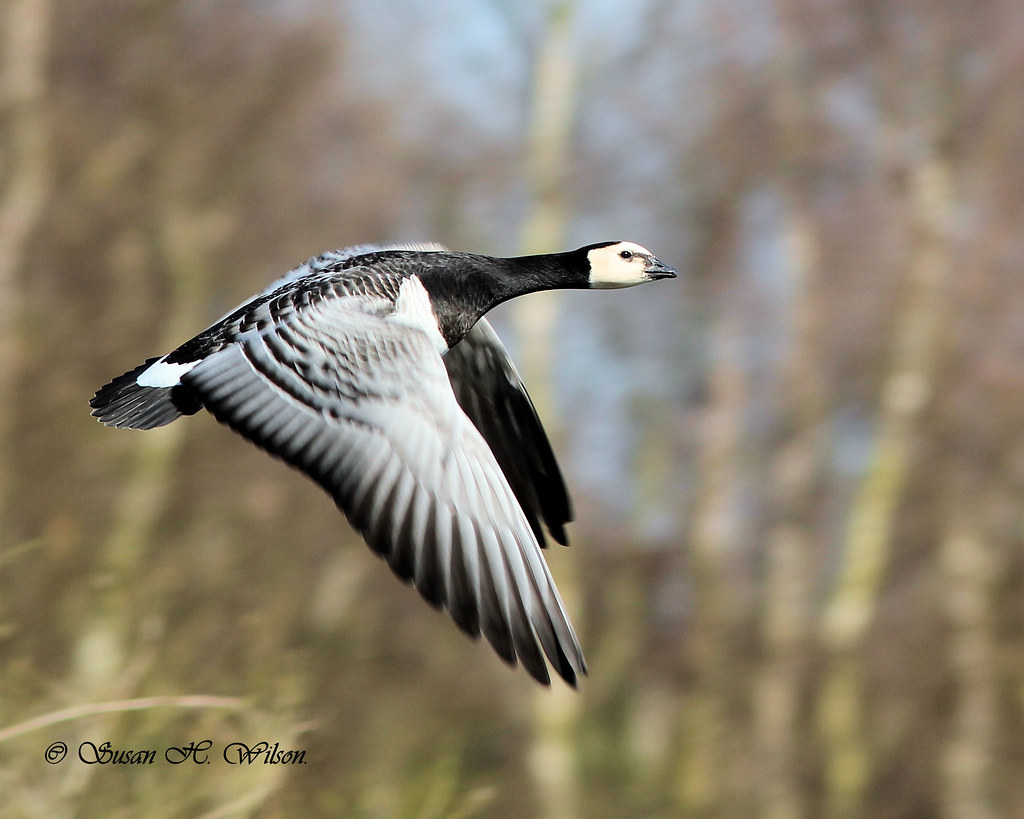Snow Bunting. Cockersands. Copy Permitted.
Red-breasted Merganser Brian Rafferty
Four Bewick's Swan were in a field off Jeremy Lane, with 72 Mute Swan in another field on my way to Glasson Dock where I saw the Red-crested Pochard, immature drake Scaup, and 3 Pochard on the canal basin. On the Lune Estuary to note, up to 900 Golden Plover, 40 Goldeneye, 30 Black-tailed Godwit, 3 Red-breasted Merganser. c.100 Common Gull, and a Little Egret, c.350 Canada Geese were on Colloway Marsh.
At Conder Green, 4 Goldeneye, 20 Wigeon, and 2 Goosander were on Conder Pool with a Wren scolding in a bush next to the viewing platform. A Spotted Redshank and up to 200 Teal were in the creeks, and a Little Egret was in the Conder channel.
Little Grebe.
There are 14 Little Grebe in the Conder/Glasson area covered yesterday, with 7 at Conder Green, 6 on the Lune Estuary, and one on the canal basin.
Grey Partridge.
Grey Partridge Simon Hawtin
Four Grey Partridge seen in the Abbey Farm stubble field bring me to think maybe I cease to record the species based on I'm not prepared to record birds which are considered to be reared solely for the shooting industry, whilst the wild species is considered to be extinct, the Red-legged Partridge and Pheasant are another two examples which have never been seen recorded on Birds2blog. Having made my daily visit round the blogs I support, I found something I think you might like to take a look at. I have resisted the temptation to go into a rant which would have been to second everything PS says in his post.... These Sporting Times
Thanks to Brian and Simon for the excellent Merganser/Partridge images.






.jpg)





















